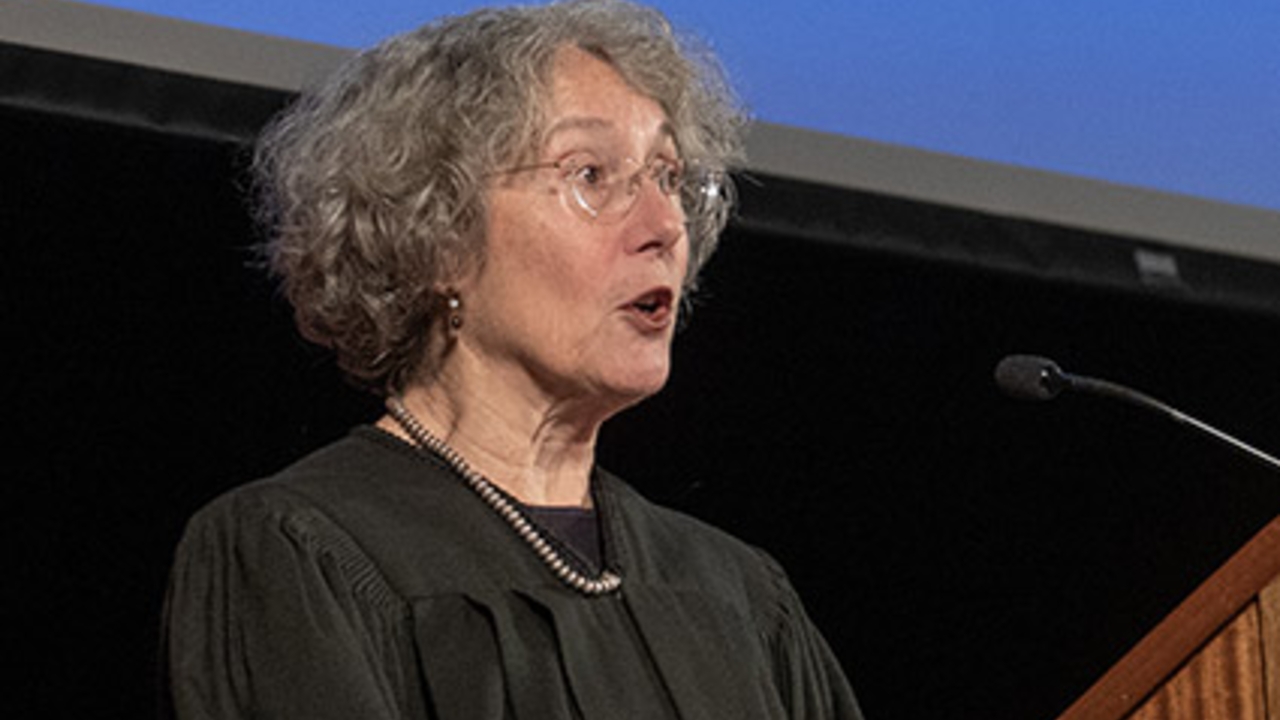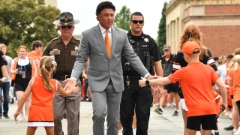
Judge Claudia Wilken Sends Attorneys in House vs. NCAA Back to Settlement Drawing Board
STILLWATER – The main thing was still the main thing on Saturday in the West End Zone before kickoff between Arkansas and Oklahoma State, but before and after the game there were whispers and talk about the latest development in the potential settlement of the House vs. NCAA and two other class-action lawsuits.
Basically, the bad news is Oklahoma State administrators and coaches feel the settlement could tame the “wild west” landscape currently existing in college athletics and particularly in the major sports of football and basketball, but also in other spors like a million dollar pitcher at Texas Tech and various other crazy expenditures courtesy of booster wishes and collectives.

The good news, at least at Oklahoma State for football is without the settlement the new proposed roster limits would not be instituted. Head football coach Mike Gundy loves having between 130-140 players including walk-ons. The 105 roster limit would be a hard number and all of those players at the Division I Power Four conference level would be on scholarship.
Okay, why has Northern District of California federal judge Claudia Wilken sent the attorneys on both sides of the House vs. NCAA suit back to work on the settlement? It is because of language and motivation in the settlement that would restrict current booster collectives from paying student-athletes for performance and keeping collective monies out of the recruiting process. Wilken used the phrase. "go back to the drawing board." She is concerned about the language and the clause in the settlement that would require any money boosters provide to athletes to be for a "valid business purpose."
It would be taking the current process that has become allowed and restricting it where the money could only be used for true name-image-and-likeness acts. The schools and the attorneys in the settlement were looking at the proposed revenue sharing money as part of the settlement, which is expected to be $20 million to $23 million per school next year and would rise on an annual basis to be used as performance pay for athletes. It would somewhat restrict that amount and create more competitive balance from a financial standpoint. Collectives would still exist but would be for strictly commercial purposes where the athletes would have to do something outside their sport to earn that money.
"I found that taking things away from people is usually not too popular,” Wilken said in her written message to the attorneys.
Wilken gave the attorneys for the plaintiffs and the defendant three weeks to confer and report back. The lead attorney for the NCAA, Rakesh Kilaru told the judge that the revised rules for how collectives operate are "a central part of the deal.
“Without it, I'm not sure there will be a settlement," Kilaru followed.
Attorneys for the plaintiffs were not opposed at all. The more the merrier on that side.
The opinion here is this could be a deal breaker that would send this lawsuit to trial. That could end up being a disaster for the NCAA and the current operations in college athletics.